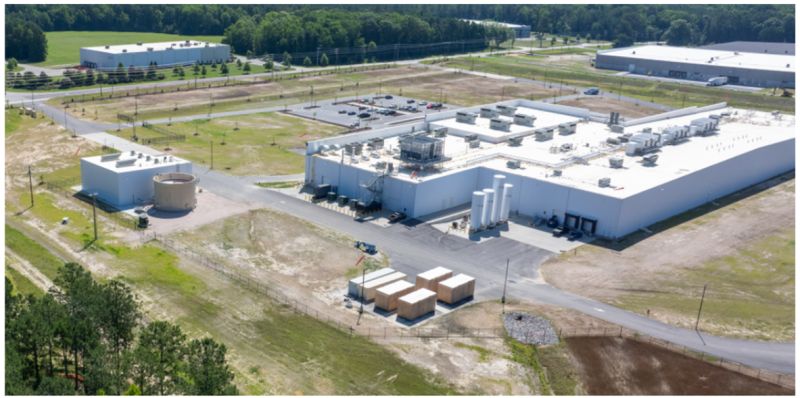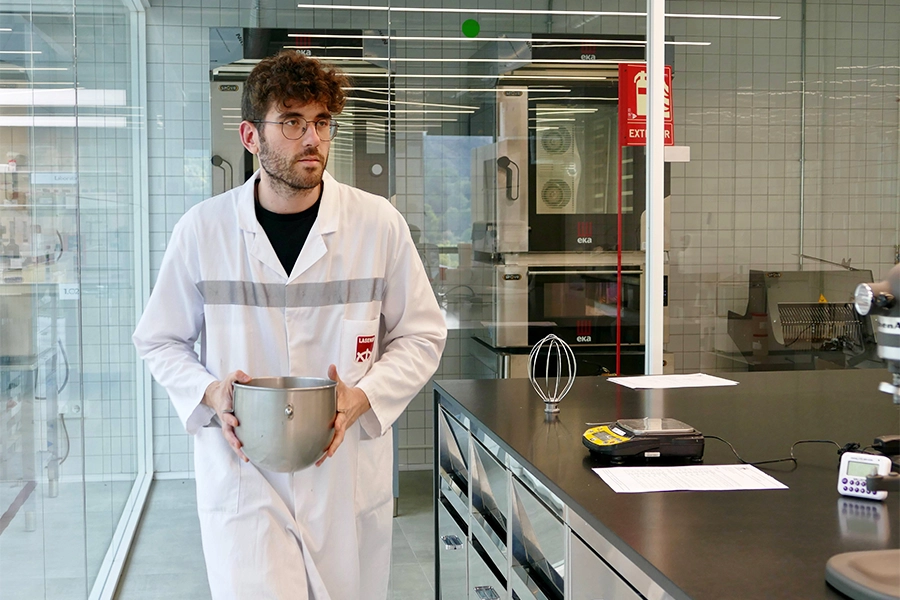

Alternative proteins industry faces scale-up challenges, experts say on Protein Production Technology International webinar
The alternative proteins industry is undergoing rapid transformation, but scaling up from laboratory research to full industrial production remains one of the most formidable challenges facing the sector today. In a recent webinar, industry experts explored the key hurdles and strategic approaches to ensure a smooth transition from molecule to market.
Adam Leman, Principal Scientist, Fermentation at the Good Food Institute, addressed a common misconception in the industry—the idea that alternative proteins are direct "drop-in replacements" for conventional proteins. "With the purity and specific functionality of some alternative proteins, you may actually need to use less of them. As an industry, we need to demonstrate this and conduct research to show that, in some cases, the lower cost-in-use can make up for higher production costs," Leman said. He also noted that understanding the digestibility and nutritional profile of these proteins is an ongoing process that will shape their integration into the consumer market.
One of the major concerns when scaling up is ensuring a product’s commercial viability. Kartheek Anekella-Anderson, Global Marketing Manager, Food and Alternative Protein at Pall Corporation, highlighted two critical aspects to achieving this: adopting a food science mindset early and designing a scalable process from the start. "If you're making claims like non-GMO or clean label, you need to ensure your ingredient choices align with those goals," he emphasized. He also pointed out the difficulties that small companies face with minimum order quantities (MOQs) from ingredient suppliers. "Many small companies struggle because they can’t order a truckload of a particular flavor or ingredient for a small trial, yet that’s the supplier’s MOQ," he added.
Scaling beyond the lab requires access to pilot facilities, a step that Brian Jacobson, Associate Director of Strategic Operations at University of Illinois at Urbana-Champaign, considers crucial. "Scaling isn’t just a leap from lab to industrial scale—there’s an important intermediate step: pilot scale. Do you have access to facilities where you can test your process at this level? Running pilot trials can provide critical insights into flow rates, fill rates, oxygen requirements, and cleaning processes (CIP/SIP)," he explained. Jacobson also cautioned that many companies underestimate the importance of downstream processing (DSP), which often lags behind fermentation advancements. "DSP always lags behind fermentation. We need to keep them in balance because DSP is just as critical to the success of the overall process, both technically and on the business side."
Chris Saenz, Segment Development Manager, Biomanufacturing - North America, of Beckman Coulter Life Sciences, emphasized the need for strain design and early optimization in the production process. "Each chassis has its own strengths and weaknesses. Screening for production efficiency and optimizing media parameters early—before reaching larger reaction vessels—is essential for a successful outcome down the line," he noted. Saenz also highlighted how AI-driven protein design is accelerating research. "AI allows us to explore the vast multidimensional parameter space more efficiently and narrow it down to the most promising candidates."
Techno-economic analysis (TEA) plays a crucial role in determining the feasibility of a product at scale. Jacobson pointed out that while TEA tools have improved in recent years, their accuracy depends on input quality. "TEA tools have improved significantly over the past five years, but, pardon my pun, 'garbage in, garbage out.' If you don’t spend enough time ensuring high-quality data goes into these models, it doesn’t matter how good the model is," he warned.
For companies relying on upcycling side streams, regulatory challenges can be significant. Simo Ellilä, CEO & Co-founder of Enifer, shared his company’s approach. "Most regulatory agencies are used to applications based on a defined substrate—typically glucose. But when you approach them with an undefined raw material, the process becomes more complex," he explained. To address this, Enifer first demonstrates product safety using a defined medium before validating side-stream-based processes. "We prove the safety of our strain, validate the process, and then run comparison batches to show that we can achieve the same specifications across different inputs."
Mihir Pershad, CEO of Umami Bioworks, discussed how shifting investor priorities are forcing startups to rethink their commercialization strategies. "We’ve increasingly targeted large enterprise customers—not just as buyers but as co-development partners. These companies can help fund product development, covering some of our upfront costs," he said. He also emphasized the importance of identifying minimum viable scale to attract investment. "Not every company can build a US$100 million factory, but a US$15 million factory might be achievable. And if that US$15 million factory can be profitable, that solves a lot of problems."
The webinar provided a comprehensive look at the intricate path alternative protein companies must navigate from research and development to large-scale production. While the hurdles are many, industry leaders agree that with strategic planning, collaboration, and the right technological advancements, the transition from molecule to market can be both profitable and sustainable.
To watch the on-demand version of the webinar, please click here
If you have any questions or would like to get in touch with us, please email info@futureofproteinproduction.com






